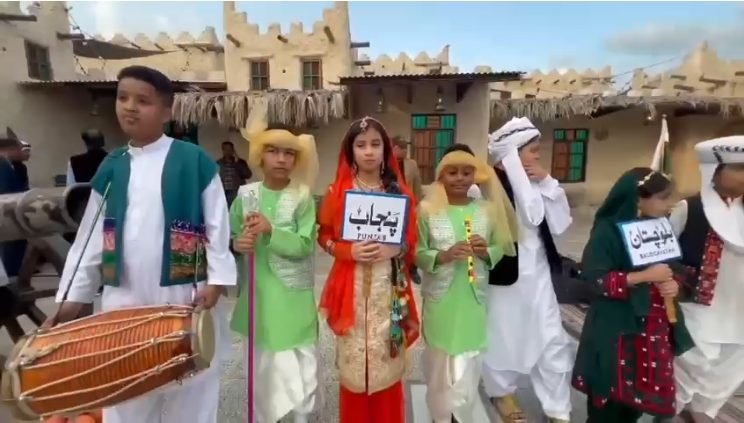Pakistan’s rich cultural heritage is often reduced to clichés truck art, traditional embroidery, and vibrant handicrafts. While these elements are undoubtedly beautiful, they represent only a fraction of what Pakistan has to offer.
Events like the Yom Al-Bahar Cultural Village in Kuwait, where Pakistan showcased both its traditional crafts and modern innovations like robotics, highlight why cultural exhibitions are more than just decorative displays. They serve as a crucial tool for reshaping Pakistan’s global image, fostering diplomatic ties, and unlocking economic opportunities.
Cultural exhibitions provide a platform to present a well-rounded identity. For decades, international media has framed Pakistan through the lens of politics and security concerns, often overlooking its artistic, technological, and entrepreneurial contributions.
By displaying handmade jewelry, textiles, wooden crafts, and cutting-edge innovations like robots, Pakistan can counter these narratives and project itself as a country that values both tradition and modernity. This balanced representation is essential in shaping how the world perceives Pakistan not just as a nation of rich history but as one with a promising future.
Events like these also strengthen diplomatic and people-to-people connections. Kuwait’s designation as the Arab Capital of Culture for 2025 has attracted participation from over 40 countries, making it an ideal space for cultural diplomacy. When Pakistani artists, entrepreneurs, and technologists engage with an international audience, they create soft power a form of influence that goes beyond politics.
The presence of the Pakistani Ambassador, Dr. Zafar Iqbal, and Community Welfare Attaché, Hamza Toqeer, at the event signals Pakistan’s commitment to fostering goodwill and strengthening bilateral relations. These interactions can open doors for future collaborations, tourism, and investment opportunities.
Beyond diplomacy, cultural exhibitions have tangible economic benefits. Global demand for handmade and sustainable products is rising, and Pakistan’s artisans have the skill and heritage to tap into this market. When traditional crafts gain exposure in international forums, they attract potential buyers, investors, and even collaborations with global brands.
Additionally, integrating modern technology, like showcasing a robot at the exhibition, signals Pakistan’s potential in the tech industry. This blend of past and future can encourage foreign investment in Pakistan’s creative and innovation sectors.
Pakistan’s participation in such exhibitions must go beyond symbolism. It should be a well-planned strategy to continuously engage with the world, support local artisans, and showcase technological advancements. The government and private sector should work together to ensure that Pakistan’s culture is not just displayed but actively marketed as an asset.
More participation in global cultural expos, trade fairs, and technology summits can help Pakistan reshape its global perception from a misunderstood nation to one of creativity, resilience, and innovation.
Cultural exhibitions are more than just a collection of handicrafts; they are a statement a way for Pakistan to control its narrative, strengthen its international presence, and create new opportunities for its people. The question is: Will Pakistan continue to leverage its culture to build a stronger global image, or will these exhibitions remain an underutilized opportunity?


